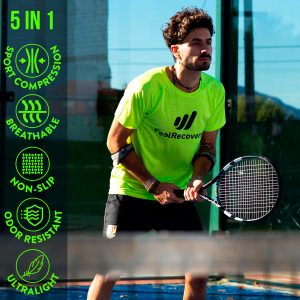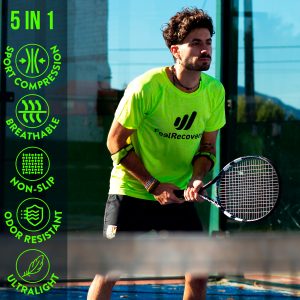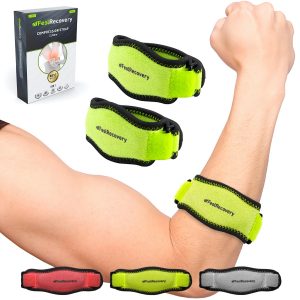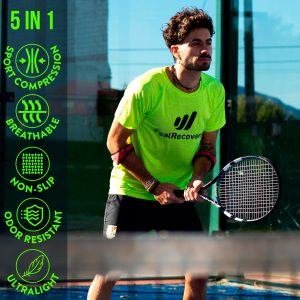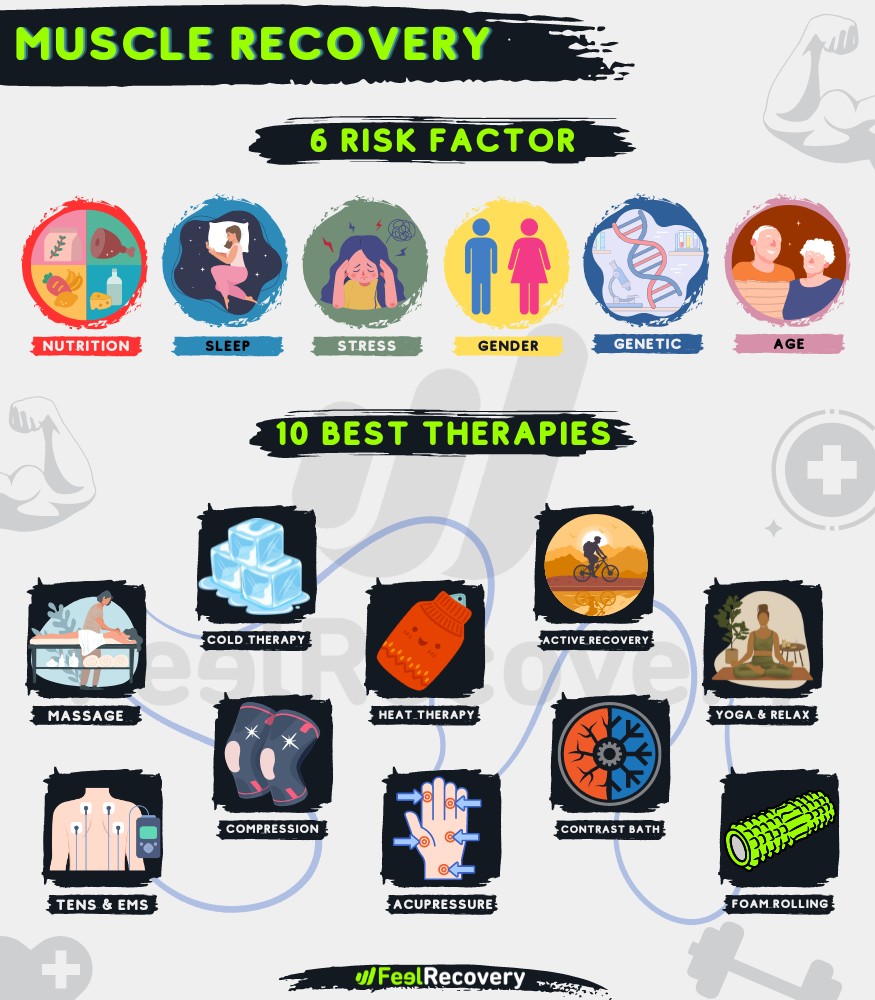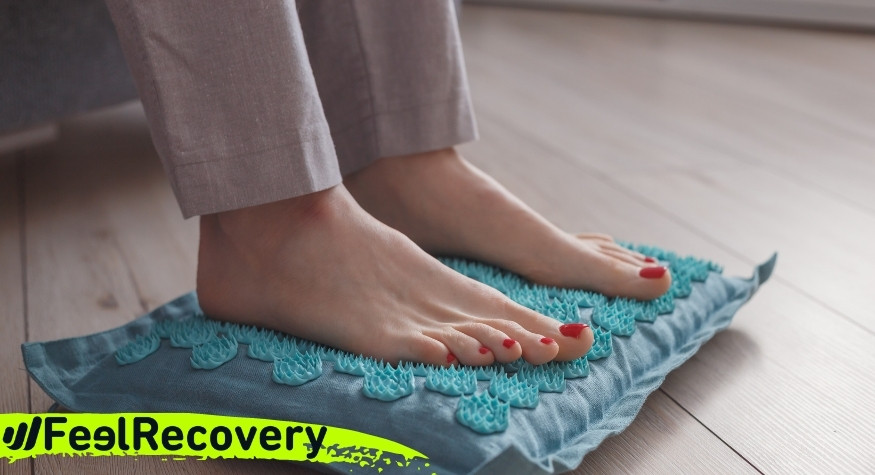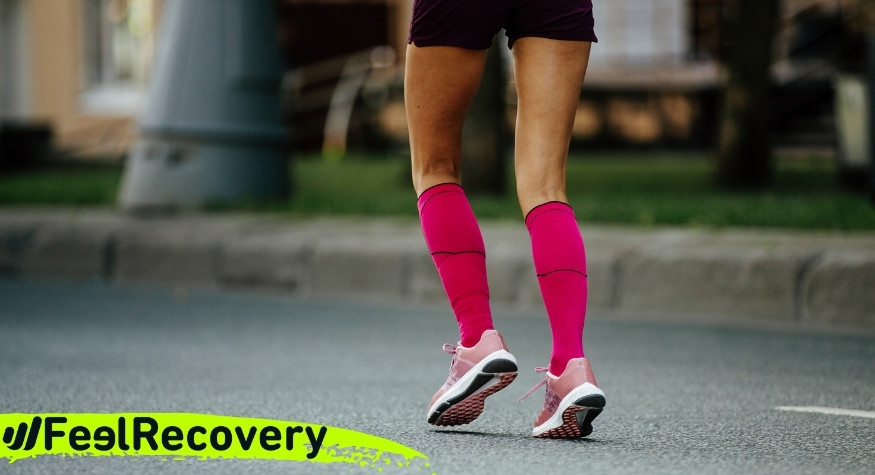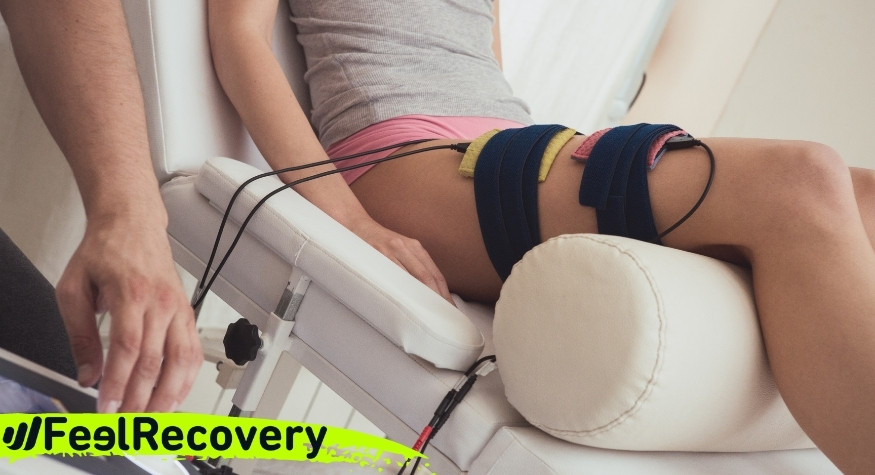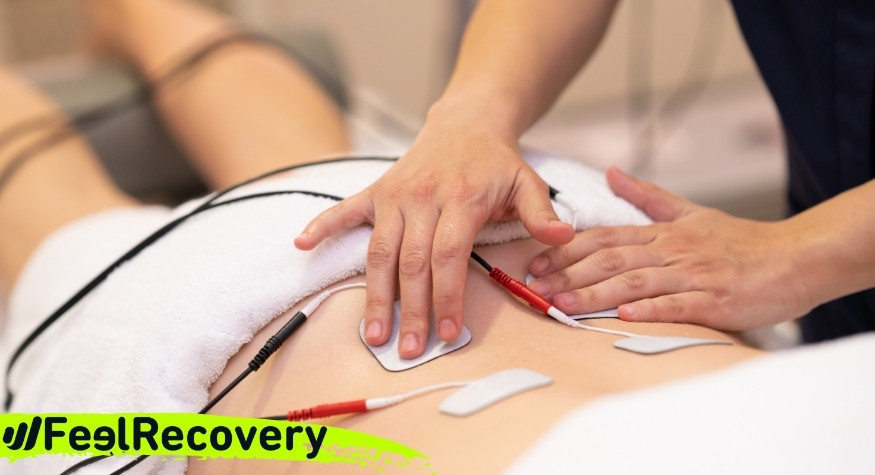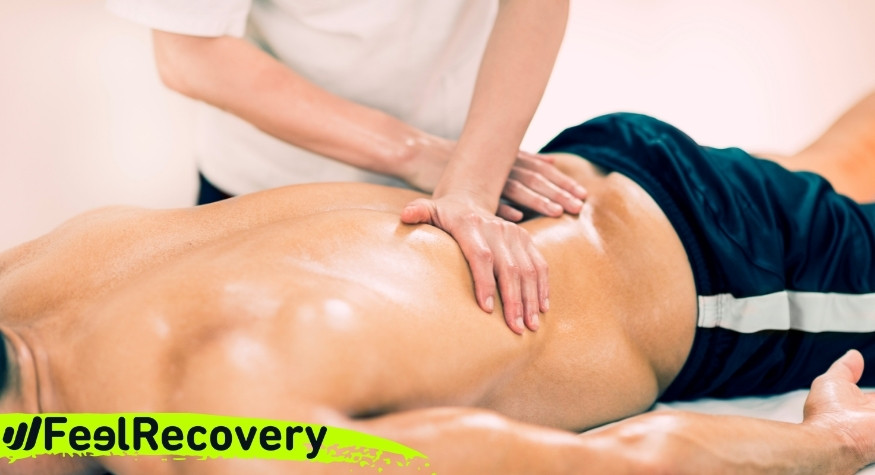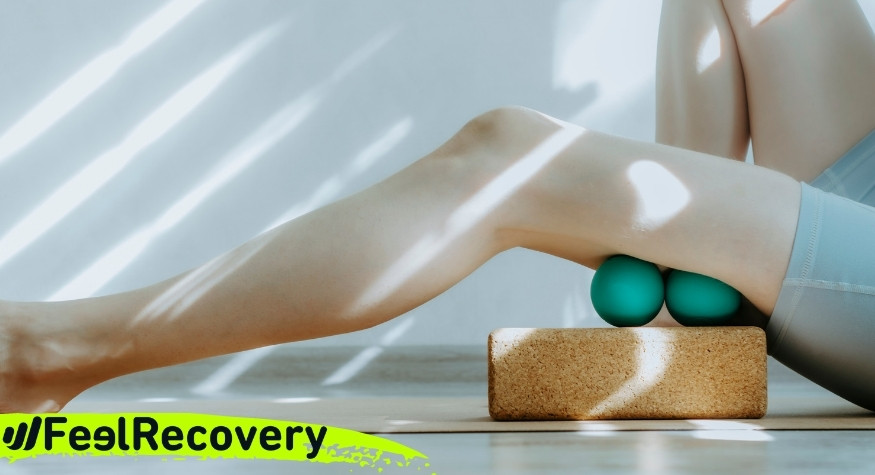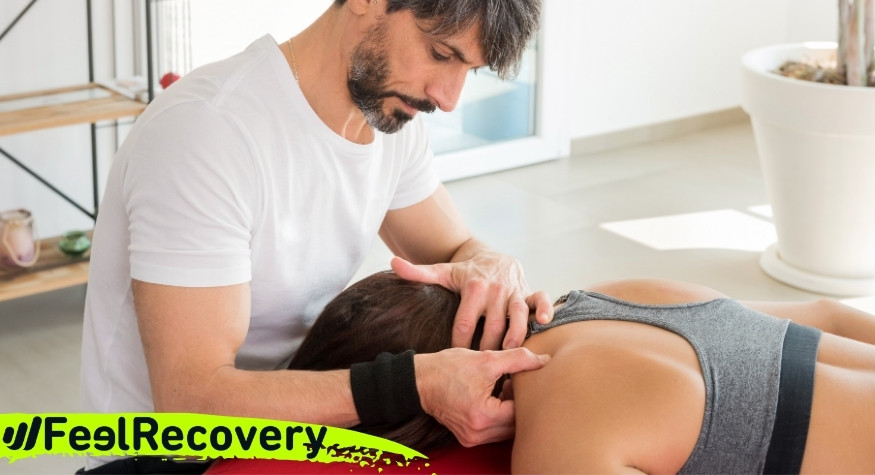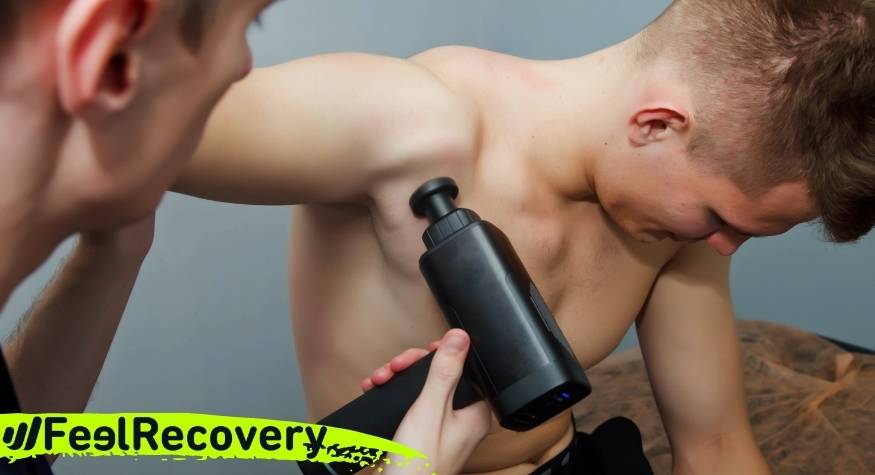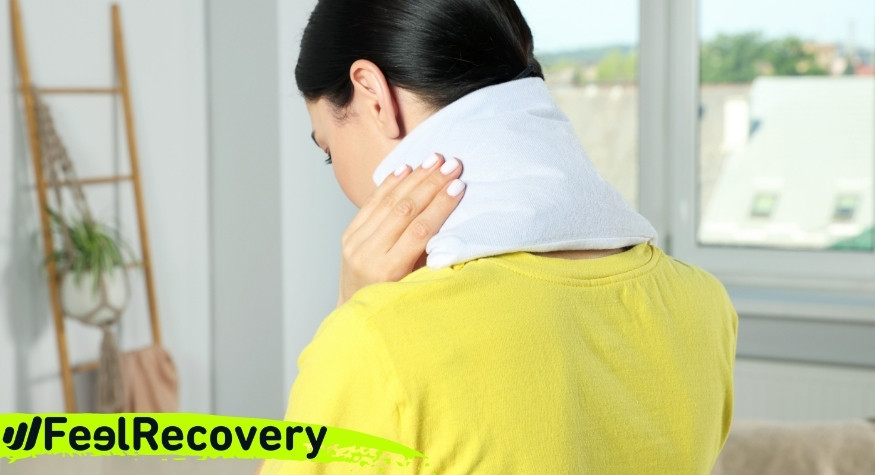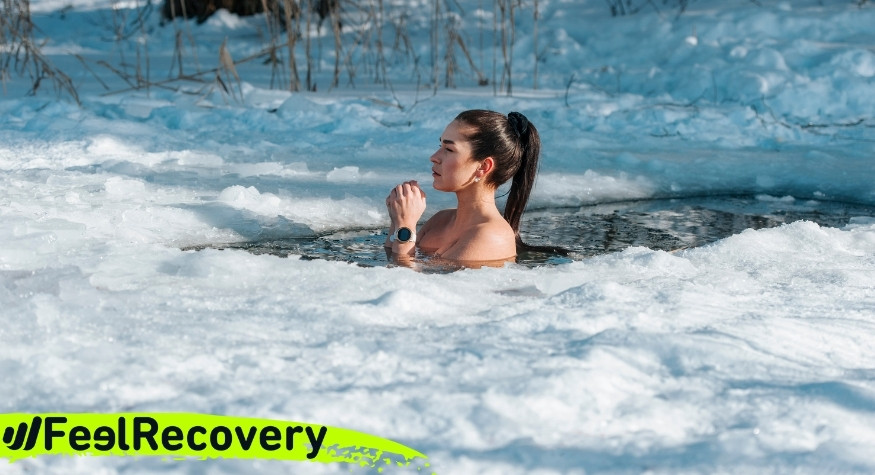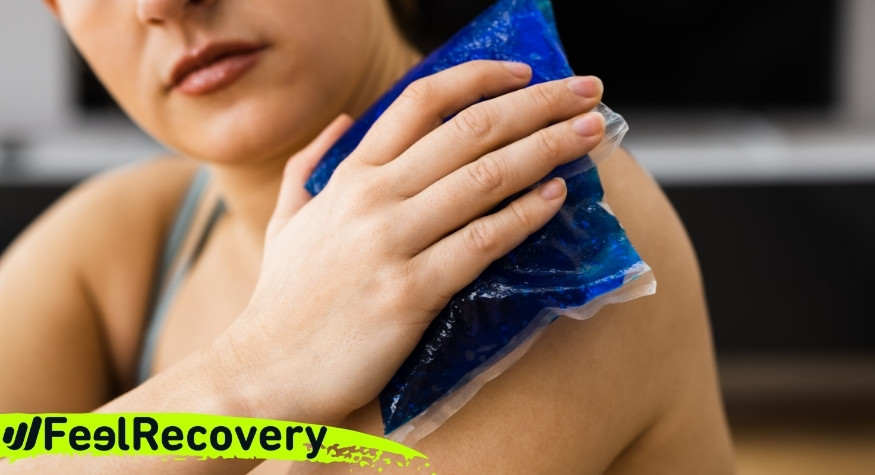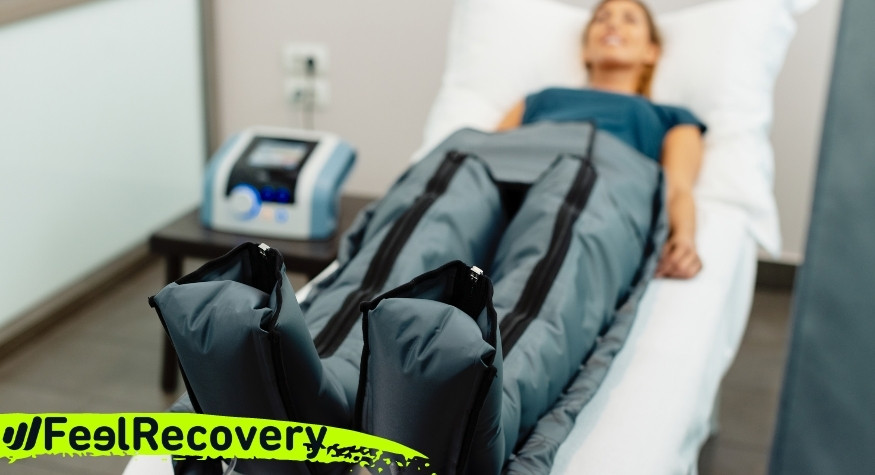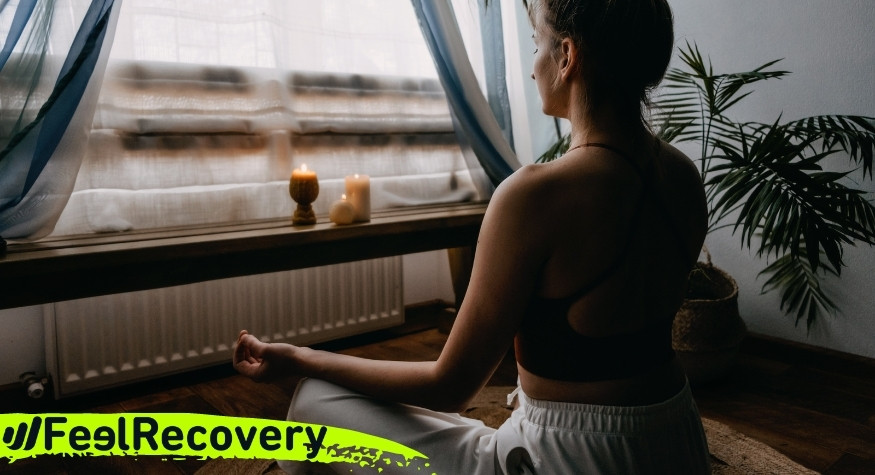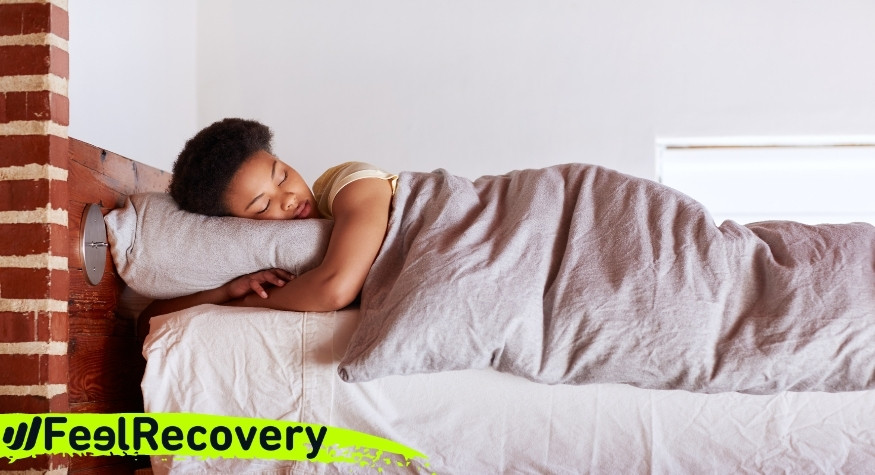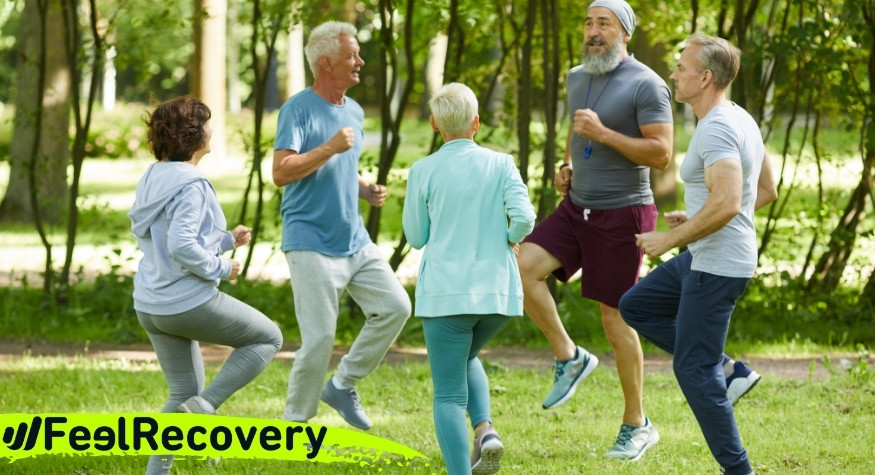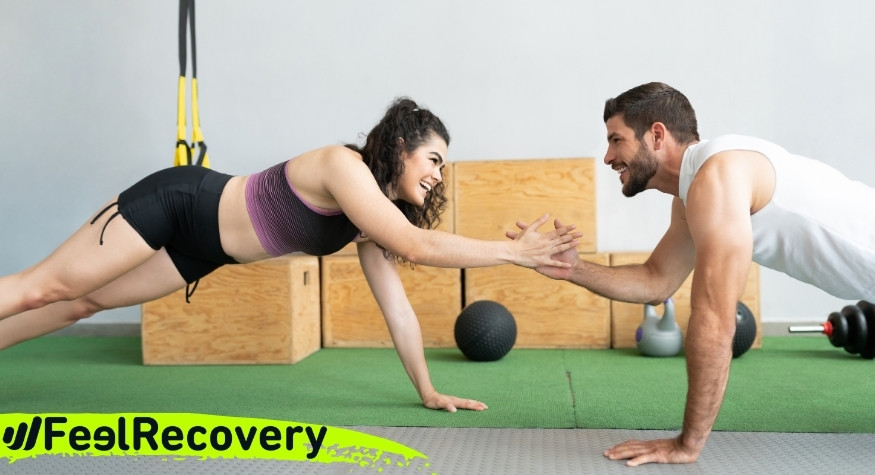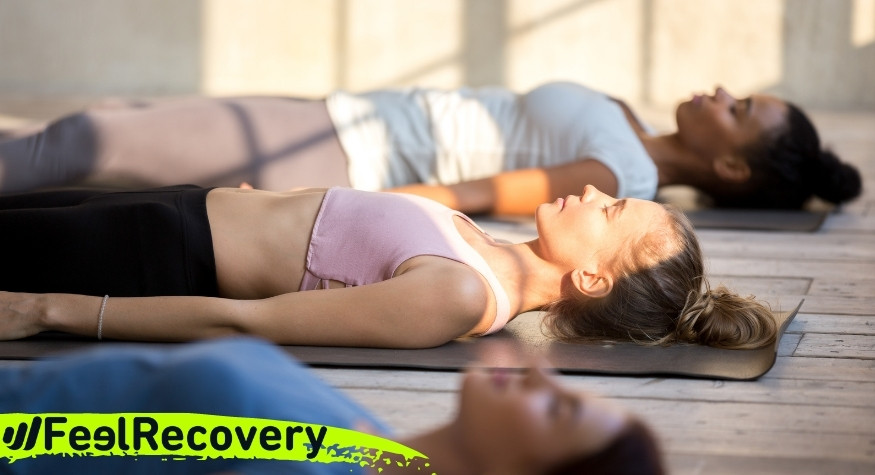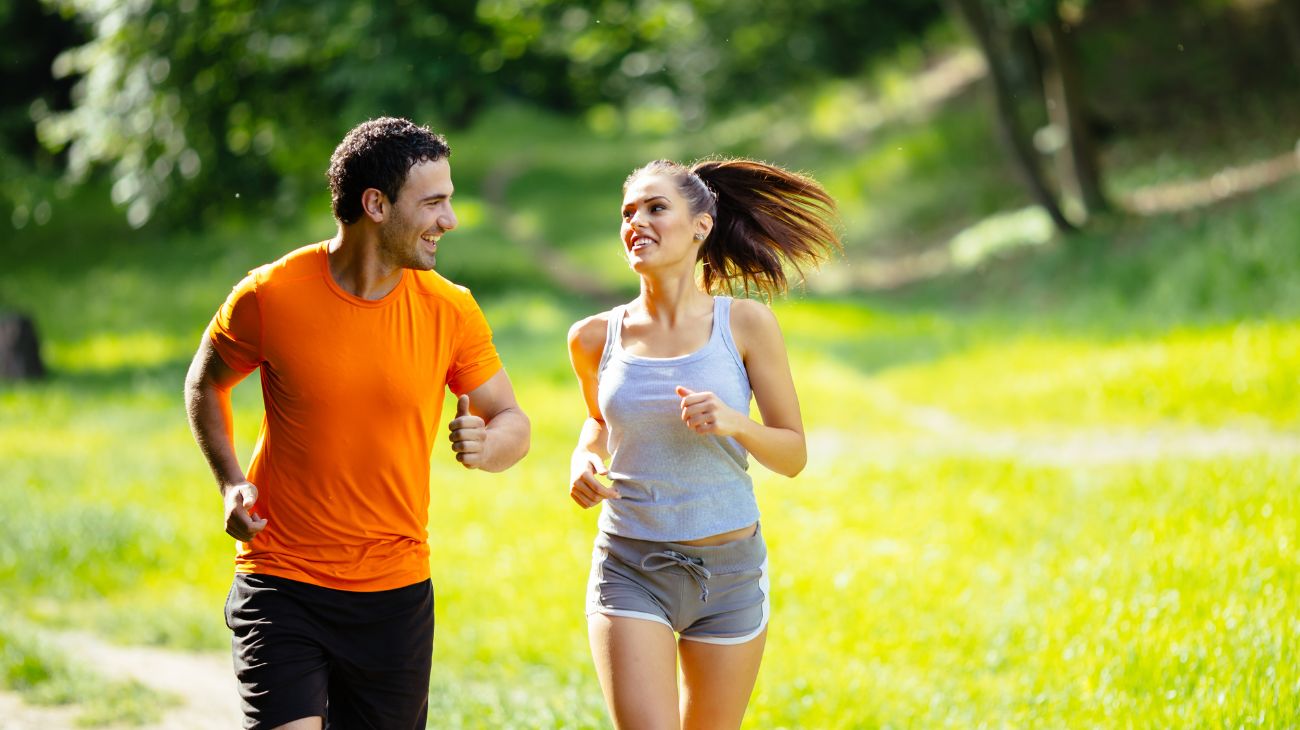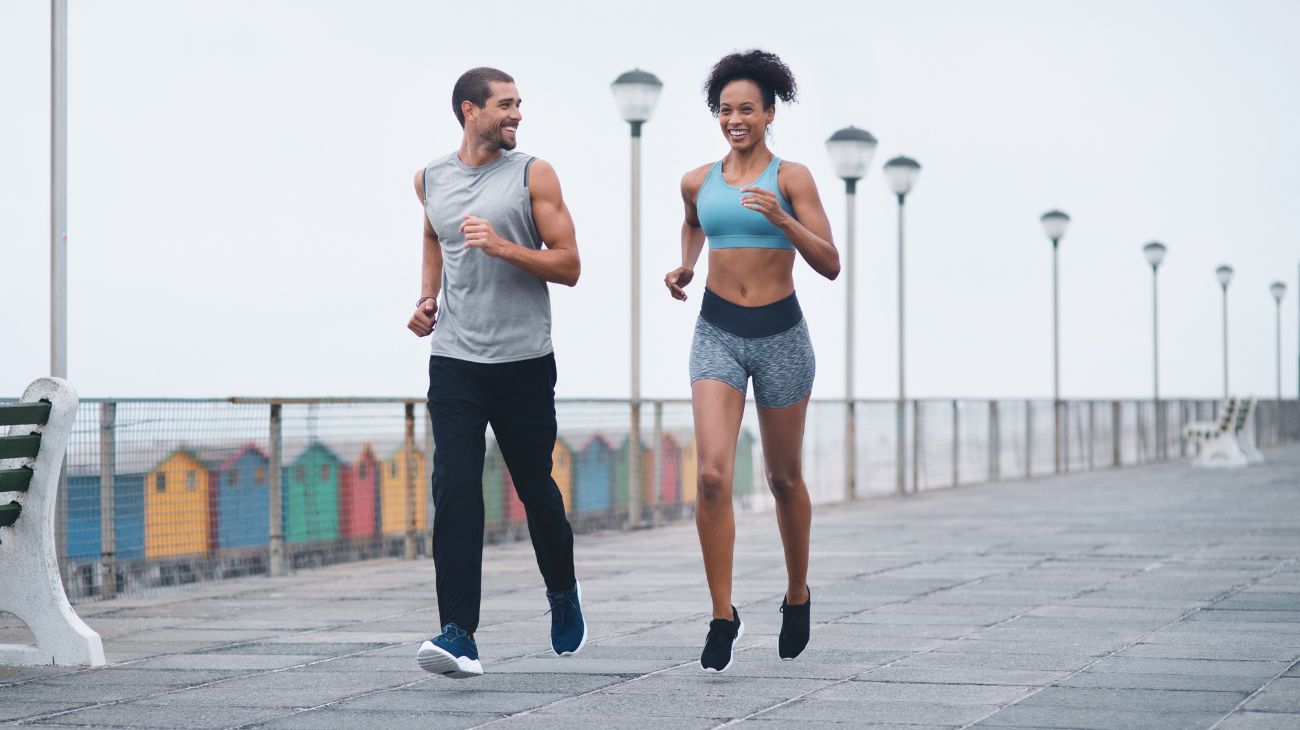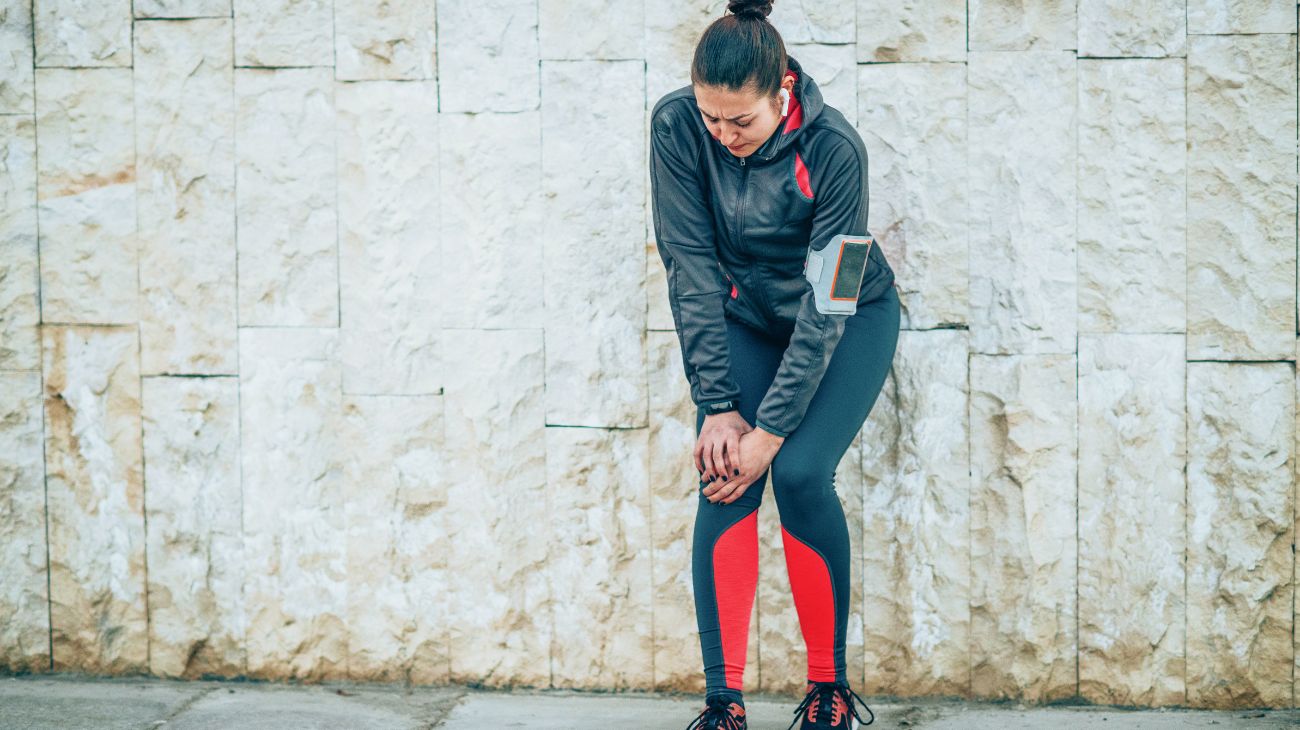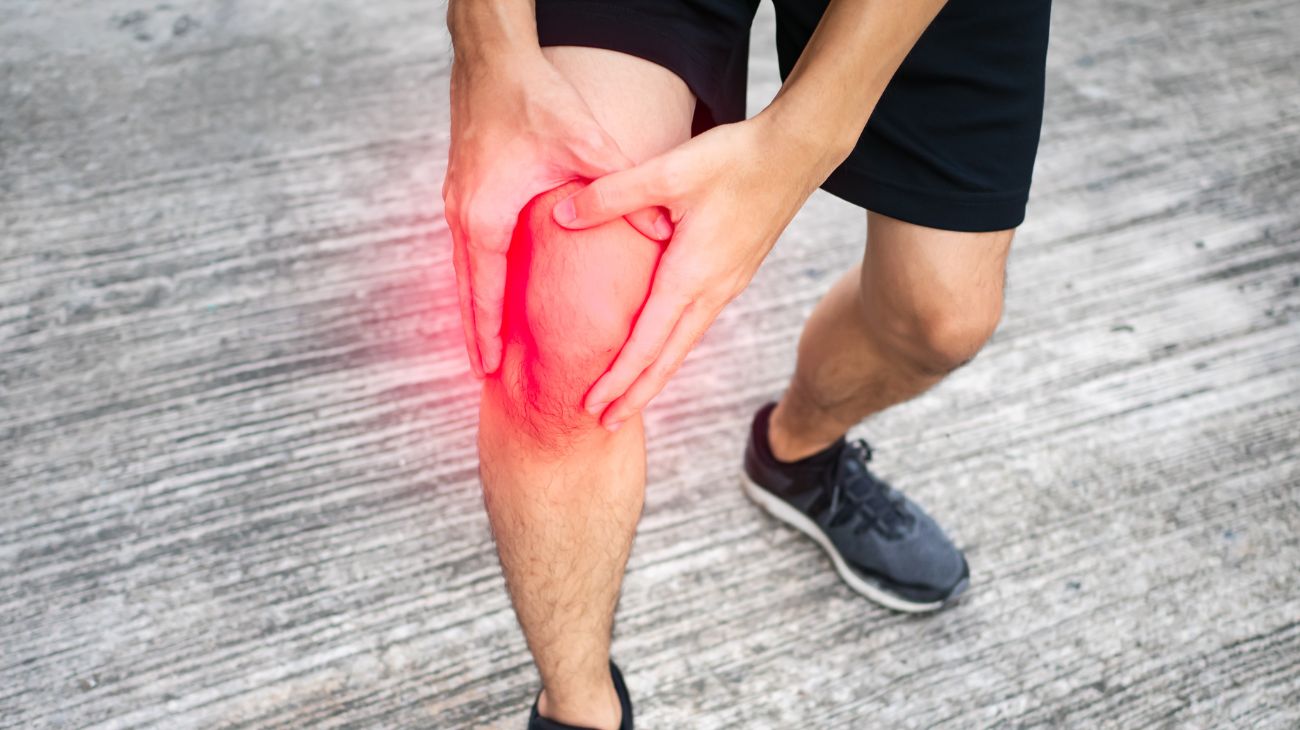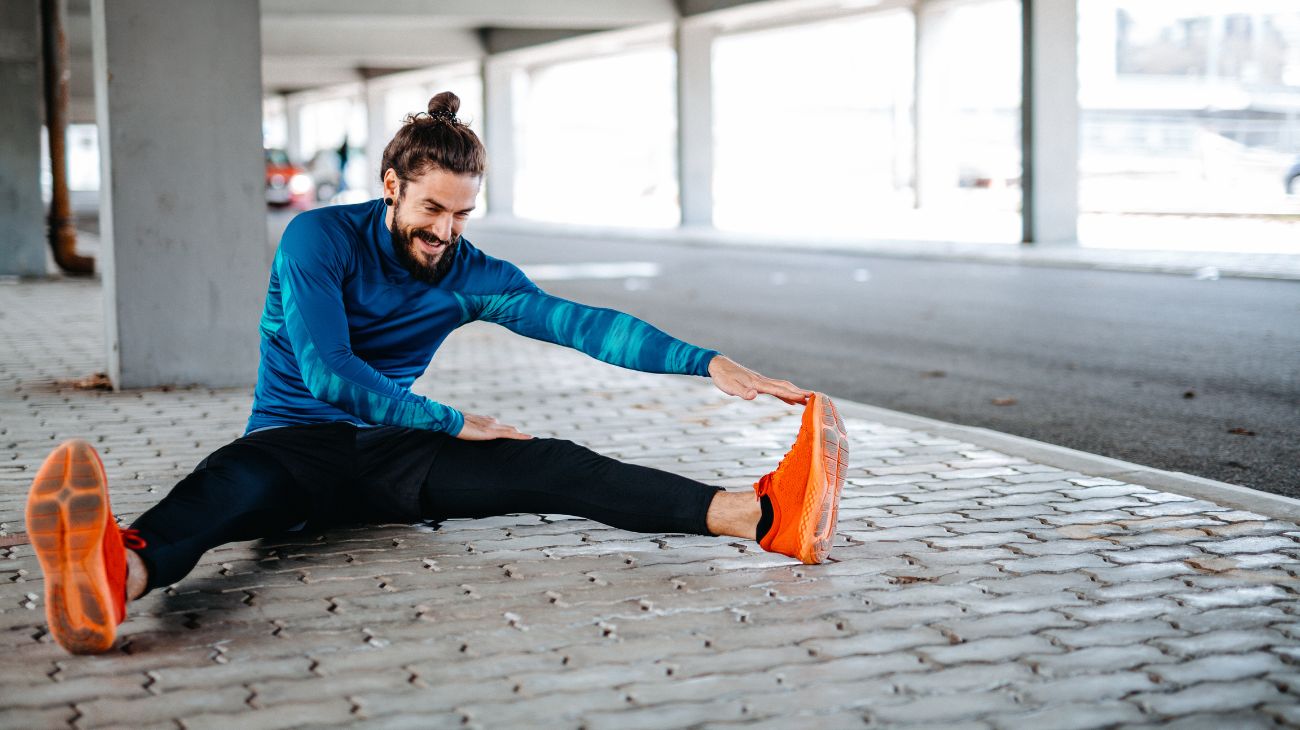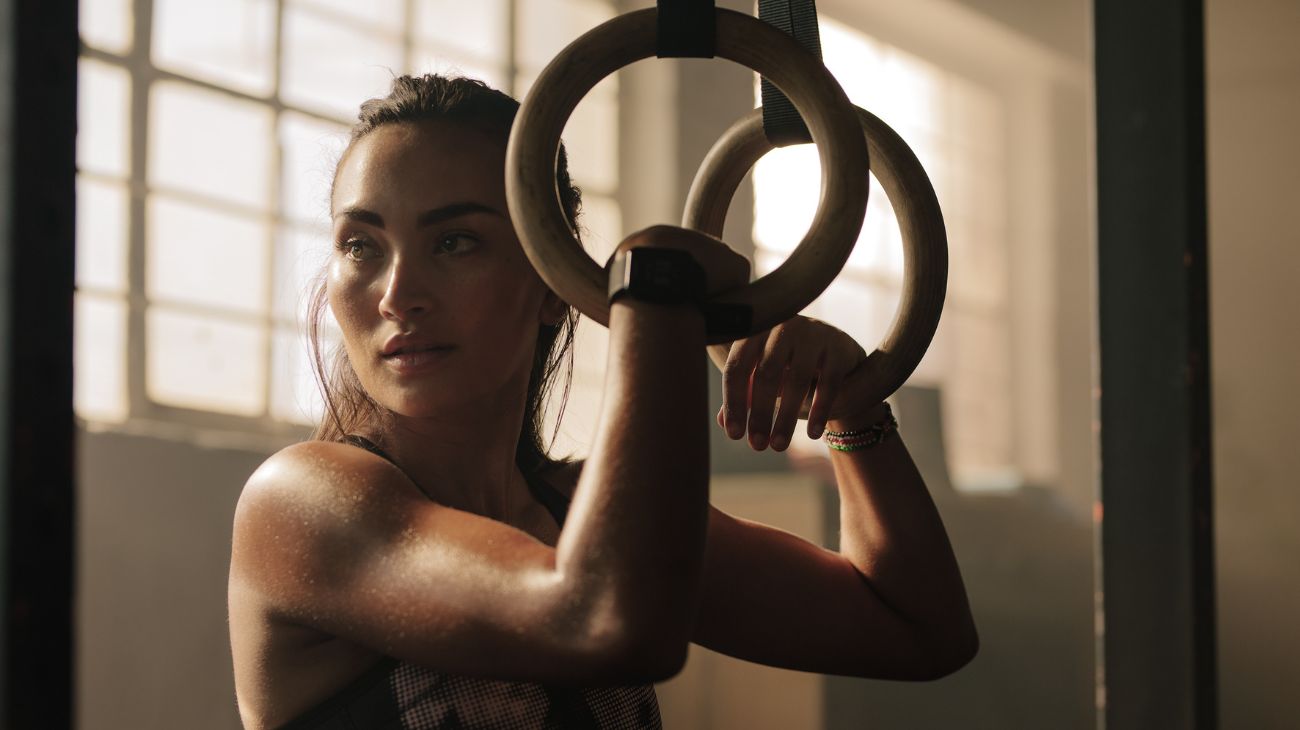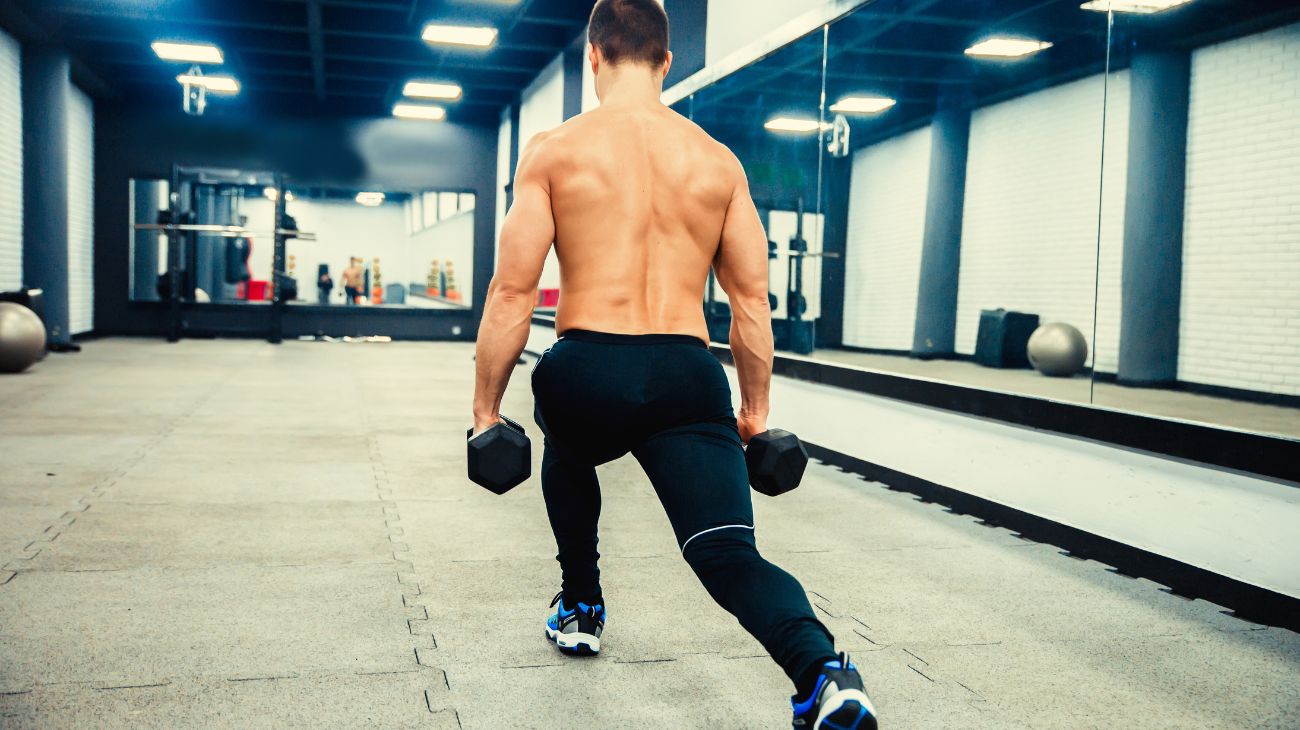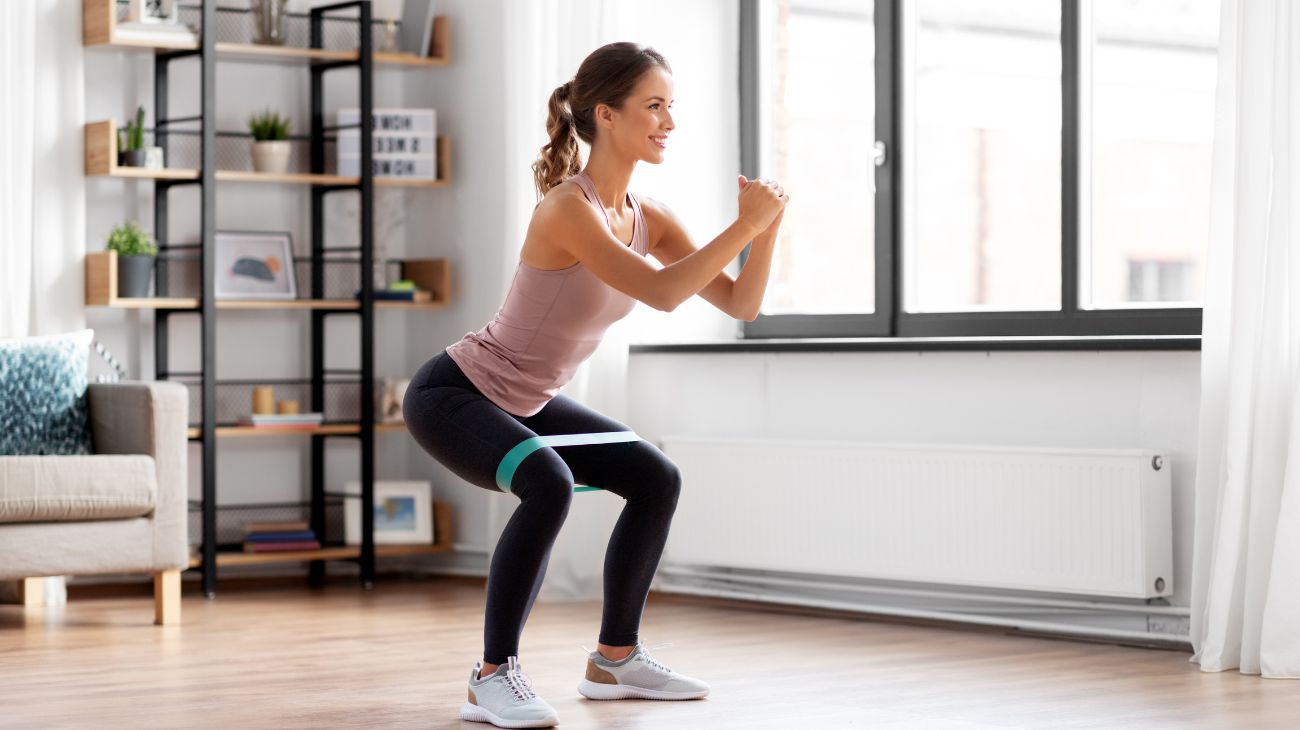Recovery techniques are crucial for athletes because they help to minimize the risk of injury and promote optimal performance. Athletes put their bodies under a lot of stress, which can lead to fatigue, soreness, and decreased range of motion. Recovery techniques such as massage, stretching, and foam rolling can help to alleviate these symptoms, improve circulation, and promote relaxation.
In addition, recovery techniques can help to reduce inflammation and promote tissue healing, which is important for athletes who engage in high-impact activities. By incorporating recovery techniques into their training regimen, athletes can improve their overall performance and reduce the risk of overuse injuries. Overall, recovery techniques are an essential part of any athlete's training program. By prioritizing recovery, athletes can optimize their physical and mental well-being, allowing them to perform at their best both on and off the field.
Best recovery products for athletes
bestseller
-
2 Ankle Compression Sleeve (Black/Gray)
£20,95 -
2 Ankle Compression Sleeve (Green/Navy)
£20,95 -
2 Ankle Compression Sleeve (Pink/Bordeaux)
£20,95 -
2 Calf Compression Sleeve (Black/Gray)
£20,95 -
2 Calf Compression Sleeve (Green/Navy)
£20,95 -
2 Calf Compression Sleeve (Pink/Bordeaux)
£20,95 -
2 Elbow Compression Sleeve (Black/Gray)
£20,95 -
2 Elbow Compression Sleeve (Green/Navy)
£20,95 -
2 Elbow Compression Sleeve (Pink/Bordeaux)
£20,95 -
2 Knee Compression Sleeve (Black/Gray)
£20,95 -
2 Knee Compression Sleeve (Green/Navy)
£20,95 -
2 Knee Compression Sleeve (Pink/Bordeaux)
£20,95 -
2 Patella Knee Strap (Black/Gray)
£12,95 -
2 Patella Knee Strap (Green/Navy)
£12,95 -
2 Patella Knee Strap (Pink/Bordeaux)
£12,95 -
2 Thigh Compression Sleeve (Black/Gray)
£20,95 -
2 Thigh Compression Sleeve (Green/Navy)
£20,95 -
2 Thigh Compression Sleeve (Pink/Bordeaux)
£20,95 -
Microwave Wheat Bag for Neck & Shoulder Pain Relief (Hearts)
£24,95 -
Microwave Wheat Bag for Neck & Shoulder Pain Relief (Oxford)
£24,95 -
Microwave Wheat Bag for Neck & Shoulder Pain Relief (Sport)
£24,95 -
Microwave Wheat Bag for Neck Pain Relief (Hearts)
£20,95 -
Microwave Wheat Bag for Neck Pain Relief (Oxford)
£20,95 -
Microwave Wheat Bag for Neck Pain Relief (Sport)
£20,95 -
Microwaveable Wheat Bag for Pain Relief (Hearts)
£20,95 -
Microwaveable Wheat Bag for Pain Relief (Oxford)
£20,95 -
Microwaveable Wheat Bag for Pain Relief (Sport)
£20,95
-
2 Tennis Elbow Brace (Black/Gray)
£12,95 -
2 Tennis Elbow Brace (Green/Navy)
£12,95 -
2 Tennis Elbow Brace (Pink/Bordeaux)
£12,95 -
Back Support Belt (Black)
£39,95 -
Back Support Belt (Green)
£39,95 -
Back Support Belt (Pink)
£39,95 -
Foot Massage Roller for Plantar Fasciitis (Black)
£20,95 -
Foot Massage Roller for Plantar Fasciitis (Green)
£20,95 -
Foot Massage Roller for Plantar Fasciitis (Pink)
£20,95 -
Ice Massage Roller Ball (Black)
£34,95 -
Ice Massage Roller Ball (Green)
£34,95 -
Ice Massage Roller Ball (Pink)
£34,95 -
Shoulder Support Brace (Black)
£24,95 -
Shoulder Support Brace (Green)
£24,95 -
Shoulder Support Brace (Pink)
£24,95 -
Soft Density Foam Roller for Recovery (Black)
£34,95 -
Soft Density Foam Roller for Recovery (Green)
£34,95 -
Soft Density Foam Roller for Recovery (Pink)
£34,95 -
Sport Compression Socks (1 Pair) (Black/Gray)
£20,95 -
Sport Compression Socks (1 Pair) (Green/Navy)
£20,95 -
Sport Compression Socks (1 Pair) (Pink/Bordeaux)
£20,95
Differences between active and passive recovery
Active and passive recovery are two different approaches to recovery that athletes and sportsmen can use after exercise:
Active recovery
Active recovery involves engaging in low-intensity exercise or movement after a workout to promote circulation, reduce muscle soreness and fatigue, and enhance recovery. This type of recovery can help to flush out metabolic waste and increase blood flow to the muscles.
Examples:
- Light jogging: This involves running at a slow pace for a short distance or time after a workout. It can help to flush out metabolic waste, promote circulation, and increase blood flow to the muscles, which can reduce muscle soreness and fatigue. It can also help to maintain cardiovascular fitness and support recovery.
- Swimming: This low-impact form of exercise can help to promote circulation and reduce muscle soreness and fatigue. Swimming engages the entire body and can help to increase blood flow to the muscles, promoting recovery. It's also a good way to improve cardiovascular fitness without placing excessive stress on the joints.
- Cycling: Similar to jogging, cycling can help to promote circulation and increase blood flow to the muscles. It can also help to improve cardiovascular fitness and support recovery. Cycling can be a low-impact alternative to running and can be done indoors or outdoors.
- Stretching: Engaging in gentle stretching after a workout can help to promote circulation, reduce muscle soreness and fatigue, and improve flexibility. Stretching can also help to prevent injury and improve range of motion. It's important to perform stretching exercises correctly and avoid overstretching, which can cause injury.
- Yoga and meditation: Yoga involves gentle stretching and poses that can help to improve flexibility, reduce muscle tension, and promote relaxation. It can also help to reduce stress and anxiety, which can have a positive impact on recovery. Meditation can help to improve mental focus and reduce stress, which can also support recovery and overall well-being.
- Walking: Walking at a leisurely pace after a workout can help to promote circulation, reduce muscle soreness and stiffness, and support recovery. It can also be a good way to maintain cardiovascular fitness without placing excessive stress on the body.
- Resistance band exercises: Resistance band exercises involve using elastic bands to provide resistance during exercises, which can help to activate the muscles and promote recovery. These exercises can be done at a low intensity to promote recovery without causing excessive strain on the body.
Passive recovery
Passive recovery, on the other hand, involves resting or engaging in activities that don't require physical exertion to promote recovery. This can include techniques like massage, foam rolling, or hot/cold therapy, as well as simply taking time to rest and relax. Passive recovery can be particularly effective for athletes who have pushed themselves to their physical limits, as it allows the body to recover without placing additional stress on the muscles and joints.
Examples:
- Massage: Massage involves applying pressure to the muscles and soft tissues to promote relaxation, reduce muscle tension, and improve circulation. It can help to relieve muscle soreness and promote recovery after a workout.
- Foam rolling: Foam rolling involves using a foam roller to apply pressure to the muscles and soft tissues, which can help to reduce muscle tension, promote circulation, and relieve muscle soreness. It can be a useful tool for athletes to incorporate into their recovery routine.
- Hot/cold therapy: Alternating between hot and cold therapy can help to promote circulation, reduce inflammation, and relieve muscle soreness. This can involve using ice packs or cold compresses to reduce inflammation, or taking a hot bath or using a heating pad to promote relaxation and improve circulation.
- Rest and relaxation: Rest and relaxation are essential components of passive recovery. This can involve getting adequate sleep, taking time to relax and unwind, and engaging in activities that promote mental and emotional well-being.
- Compression garments: Compression garments, such as compression socks or sleeves, can help to promote circulation, reduce swelling, and support recovery after a workout. They can be particularly useful for athletes who engage in high-intensity or endurance activities.
- Sauna or steam room: Spending time in a sauna or steam room can help to promote relaxation and detoxification. The heat can help to increase circulation and promote sweating, which can help to flush out metabolic waste and promote recovery.
- Epsom salt bath: Soaking in an Epsom salt bath can help to reduce muscle soreness and promote relaxation. Epsom salt contains magnesium, which can help to relax the muscles and improve circulation.
- Sauna: Saunas can be an effective method for sports recovery. The high temperature in the sauna causes the blood vessels to dilate, increasing blood flow and promoting relaxation. This can help to reduce muscle soreness and stiffness, while also providing a cardiovascular benefit.
The choice between active and passive recovery often depends on the individual athlete's goals, fitness level, and the specific demands of their sport or activity.
For example, athletes who engage in high-intensity or endurance activities may benefit from incorporating active recovery into their training regimen to improve cardiovascular fitness and support recovery.
However, athletes who experience muscle soreness, fatigue, or injury may benefit more from passive recovery techniques to promote tissue healing and reduce inflammation.
Best recovery techniques and therapies for athletes
There are many effective recovery techniques that athletes and sportsmen can use to avoid injuries and improve their sports performance.
RICE therapy
The RICE therapy is a well-known sports injury prevention and recovery technique that can be used for the treatment of acute injuries, such as sprains, strains, and bruises. It involves four basic steps: Rest, Ice, Compression, and Elevation.
- The first step in the RICE method is Rest: Rest means avoiding any activities that cause pain or further injury to the affected area. It is important to rest the injured area to prevent further damage and to allow the body to begin the healing process.
- The second step is Ice: Applying ice to the affected area can help reduce pain, swelling, and inflammation. Ice works by constricting blood vessels, which reduces blood flow to the affected area and helps to decrease inflammation. It is recommended to apply ice for 20 minutes at a time, several times a day.
- The third step is Compression: Compression involves applying pressure to the injured area to help reduce swelling and provide support. Compression can be achieved by wrapping the affected area with an elastic bandage or compression wrap.
- The fourth step is Elevation: Elevating the injured area above the level of the heart can help reduce swelling by promoting the drainage of excess fluid. This can be done by propping up the affected limb on a pillow or other elevated surface.
Overall, the RICE method is effective because it helps to reduce pain, swelling, and inflammation, which in turn promotes faster healing and recovery. It is important to note that the RICE method is not appropriate for all types of injuries, and athletes should seek medical advice if they are unsure about the best course of action for their injury.
Acupressure Therapy
Acupressure therapy is an alternative medicine technique that involves applying pressure to specific points on the body to alleviate pain and promote healing. It is based on the principles of traditional Chinese medicine, which suggest that there are specific energy channels throughout the body that can be stimulated through the application of pressure.
During an acupressure therapy session, the therapist applies pressure to specific points on the body using their hands, fingers, or other tools. The pressure applied can vary depending on the individual's needs and the specific condition being treated.
Acupressure therapy works by stimulating the body's natural healing processes, including the release of endorphins, which are natural painkillers. It can also help to promote relaxation and reduce stress, which can further enhance the body's natural healing abilities.
Compression therapy
Compression therapy is a technique used to prevent and treat sports injuries, particularly those that involve swelling and inflammation. The therapy involves applying pressure to the affected area using compression garments or bandages. The pressure helps to reduce swelling by promoting blood flow and preventing the buildup of excess fluid in the affected area.
Compression therapy can also help to alleviate pain and improve range of motion. It is commonly used to treat injuries such as sprains, strains, and muscle contusions. Compression garments come in various sizes and compression levels, and the appropriate level of compression will depend on the severity of the injury and the individual's needs.
Electrical muscle stimulation (EMS)
Electrical muscle stimulation (EMS) is a technique used to aid in the recovery and rehabilitation of sports injuries. The technique involves applying small electrical currents to the muscles, which causes them to contract and relax. This stimulation can help to reduce pain, inflammation, and muscle spasms, while also increasing blood flow and promoting healing.
EMS can be used for both acute and chronic injuries and is often used in conjunction with other rehabilitation techniques, such as stretching and exercise. The therapy can be applied through a variety of methods, including electrode pads or wearable devices, and is typically performed under the guidance of a trained healthcare professional.
While EMS can be effective in reducing pain and promoting healing, it should be used cautiously and under the guidance of a healthcare professional to avoid potential risks and complications.
Transcutaneos Electrical Nerve Stimulation (TENS)
Transcutaneous Electrical Nerve Stimulation (TENS) is a non-invasive technique used to alleviate pain and promote healing in sports injuries. The therapy involves applying low-level electrical currents to the affected area through electrode pads placed on the skin.
The electrical stimulation works by blocking pain signals from reaching the brain and stimulating the release of endorphins, which are natural pain-relieving chemicals produced by the body. TENS therapy can be used to treat a variety of acute and chronic sports injuries, including muscle strains, sprains, and joint pain.
It is often used as part of a comprehensive rehabilitation program that includes other techniques such as exercise and stretching. TENS therapy is generally safe and well-tolerated but should be used under the guidance of a healthcare professional to ensure appropriate settings and to avoid potential risks or complications.
Massage Therapy
Massage therapy is a popular technique used for injury prevention and recovery in sports. The therapy involves applying pressure to the soft tissues of the body, including muscles, tendons, and ligaments, using hands, fingers, and other tools. Massage therapy can help to reduce muscle tension, alleviate pain, increase range of motion, and promote healing.
It can be used to prevent sports injuries by improving flexibility, reducing muscle imbalances, and enhancing blood flow to the muscles. Massage therapy can also be used as a form of recovery after an injury to help speed up the healing process and reduce inflammation.
Different types of massage therapy techniques can be used depending on the individual's needs and the type of injury they have. Massage therapy is generally safe and effective, but should be performed by a trained and licensed therapist to avoid potential risks or complications.
Myofascial Release
Myofascial release is a manual therapy technique that is commonly used to reduce pain and muscle tension. It involves applying gentle pressure to the connective tissues, or fascia, in the body to help release tension and improve mobility. This technique targets the myofascial trigger points, which are small areas of tightness and tension in the muscles, fascia, and connective tissues.
Myofascial release is often used to treat conditions such as back pain, headaches, fibromyalgia, and other chronic pain conditions. During a myofascial release session, the therapist will use their hands, elbows, or other tools to apply pressure to the affected area.
The pressure is typically sustained for several minutes at a time, and the therapist will work with the patient to identify areas of tension and discomfort. The goal of myofascial release is to release tension and improve mobility by breaking up adhesions or knots in the connective tissues. This technique is often used in conjunction with other forms of physical therapy to help improve flexibility, reduce pain, and speed up recovery times.
Trigger points therapy
Trigger point therapy is a technique used to alleviate pain and discomfort caused by trigger points, which are hyperirritable spots within a muscle. These trigger points can cause referred pain, which means pain in a different area of the body than where the trigger point is located.
Trigger point therapy involves applying pressure to these specific points in the muscle to release tension and alleviate pain. The therapy can be done manually by a therapist using their fingers or with the help of massage tools. Trigger point therapy can be used for injury prevention by reducing tension and preventing the development of trigger points.
It can also be used for injury recovery by releasing tension and promoting healing in affected muscles. Trigger point therapy is generally safe and effective, but should be done by a trained therapist to avoid potential risks or complications.
Percussion Massage Therapy
Percussion massage therapy is a technique that uses a handheld device to deliver rapid and repetitive strikes to the body's soft tissue. This technique works by stimulating the muscles and increasing blood flow, which can help to alleviate pain, reduce inflammation, and improve overall muscle function.
The rapid movements of the device also help to break up tension and tightness in the muscles. Percussion massage therapy is often used by athletes for injury prevention and recovery, as well as to enhance athletic performance.
It can be used before exercise to warm up muscles and prepare them for activity, or after exercise to aid in recovery and reduce soreness. The intensity and speed of the strikes can be adjusted to suit individual needs and preferences.
Thermotherapy
Thermotherapy is a sports injury prevention and recovery technique that involves the use of heat or cold to alleviate pain, reduce inflammation, and promote healing. Heat therapy involves the application of heat to the affected area, which increases blood flow and loosens tight muscles, while cold therapy involves the application of cold to reduce swelling and numb the area.
Both hot and cold therapy can be used in combination with other techniques, such as massage and stretching, to enhance their effects. Thermotherapy can be applied through a variety of methods, such as hot or cold packs, heating pads, microwave heating pads, ice baths and hot tubs.
It is important to use caution when applying thermotherapy to avoid burns or frostbite, and to follow the recommendations of a healthcare professional. Thermotherapy can be effective in treating a wide range of sports injuries, such as sprains, strains, and muscle soreness.
Cryotherapy
Cryotherapy is a sports injury prevention and recovery technique that involves the application of extreme cold to the affected area. This can be achieved through the use of ice gel packs, ice baths, or cryotherapy chambers, which use liquid nitrogen to lower the temperature of the skin.
Cryotherapy is believed to work by reducing inflammation, swelling, and pain, as well as speeding up the healing process. It is commonly used in the treatment of acute injuries, such as sprains, strains, and bruises.
Cryotherapy is also used by athletes to help speed up recovery after intense workouts or competitions. It is important to use caution when using cryotherapy, as prolonged exposure to extreme cold can cause tissue damage and frostbite.
Hot and Cold Therapy
Hot and cold therapy, also known as contrast therapy, involves alternating between the application of heat and cold to an injured area. The application of heat dilates blood vessels and increases blood flow, which promotes healing by delivering nutrients and oxygen to the affected area.
Heat therapy also relaxes muscles and reduces pain, stiffness, and inflammation. On the other hand, cold therapy constricts blood vessels, reducing blood flow and inflammation, which can reduce swelling and pain. Cold therapy can also numb sore tissues, providing immediate relief.
By alternating between hot and cold therapy, the body experiences both the benefits of increased blood flow and the benefits of reduced inflammation, promoting healing and pain relief. This technique is often used to treat acute injuries such as sprains and strains, as well as chronic conditions such as arthritis. It is important to note that this technique is not appropriate for all injuries.
Pressotherapy
Pressotherapy is a non-invasive therapy that uses air pressure to massage the body and improve circulation, reduce swelling and inflammation, and promote lymphatic drainage. This therapy involves wearing a special suit that covers the limbs, abdomen, and sometimes the lower back, which is connected to a machine that inflates and deflates the suit with compressed air.
The pressure from the suit helps to stimulate blood and lymphatic flow, which can help to reduce pain and inflammation, increase oxygen and nutrient delivery to the tissues, and speed up the healing process.
Pressotherapy is commonly used in sports medicine for injury prevention and recovery, as well as for reducing swelling and soreness after intense workouts or competitions. It can also be helpful for people with circulation problems or lymphedema. The therapy is safe, painless, and typically lasts for 30-60 minutes, depending on the individual's needs and the specific goals of the therapy.
Stretching
Stretching is a common technique used in sports injury prevention and recovery. It involves performing specific exercises or movements to elongate muscles and improve flexibility. Stretching is important as it can help to increase blood flow to the muscles, reduce muscle tension, and improve joint range of motion. It can also help to improve posture, reduce the risk of muscle strains and tears, and alleviate soreness and stiffness after exercise.
There are different types of stretching, including static stretching, dynamic stretching, and proprioceptive neuromuscular facilitation (PNF) stretching. Static stretching involves holding a stretch for a prolonged period of time, while dynamic stretching involves performing movements that mimic the activity being performed. PNF stretching involves a combination of isometric contraction and relaxation to improve flexibility.
Meditation and Yoga
Meditation and yoga are practices that focus on mental and physical relaxation and stress reduction. These techniques have been found to be effective for sports injury prevention and recovery by promoting mental and physical relaxation, increasing flexibility, and reducing muscle tension.
Meditation involves sitting quietly, focusing on the breath or a mantra, and clearing the mind of distractions. This can help athletes reduce stress and anxiety, which can lead to physical tension and increased risk of injury.
Yoga involves a series of physical postures, breathing exercises, and meditation techniques. It can help athletes improve their flexibility, balance, and strength, which can reduce the risk of injury. Yoga also helps athletes learn to focus their minds, which can improve their performance and reduce the risk of mental and emotional stress.
Sleep and Rest
Sleep and rest are crucial components of injury prevention and recovery for athletes. During sleep, the body repairs and regenerates damaged tissues, and rest allows the body to recover from physical and mental stress. Adequate rest and sleep promote hormonal balance, which helps the body to recover faster from injuries.
For athletes, it is recommended to have a regular sleep schedule, ensuring that they get enough sleep every night. This allows the body to enter deep sleep stages, which facilitate the release of growth hormone, an important hormone for muscle and tissue repair.
Rest is also important for injury prevention. Overtraining and pushing the body too hard without adequate rest can lead to increased risk of injury. By incorporating rest days into their training schedule, athletes can allow their muscles and joints to recover and reduce the risk of overuse injuries.
Hydration and nutrition
Hydration and nutrition are essential components for injury prevention and recovery for athletes. Proper hydration can help maintain the balance of fluids in the body, regulate body temperature, and improve blood flow, which in turn can reduce the risk of injuries. It is recommended for athletes to drink water regularly before, during, and after exercise to replenish lost fluids.
In addition, proper nutrition is also crucial in preventing and recovering from sports injuries. Consuming a balanced diet that includes a variety of nutrient-rich foods, such as fruits, vegetables, lean proteins, and whole grains, can help support the body's healing process and reduce inflammation. Adequate protein intake can also help repair and rebuild damaged tissues, while consuming foods high in antioxidants can help reduce oxidative stress and support the immune system.
Active Release Techniques (ART)
Active Release Techniques (ART) is a manual therapy technique used to treat various musculoskeletal injuries and conditions. It involves using hands-on pressure to manipulate soft tissues, such as muscles, tendons, ligaments, and fascia, to improve mobility and function. ART uses specific movement patterns and pressure to release adhesions, scar tissue, and muscular tension, while promoting blood flow and healing.
During ART, a practitioner applies tension with their hands or tools to the affected area and then instructs the patient to move their body through a range of motion. This process helps break up adhesions and improve tissue mobility. ART can be used to treat a variety of conditions, such as carpal tunnel syndrome, tennis elbow, plantar fasciitis, and lower back pain.
Cross-training
Cross-training is a sports injury prevention and recovery technique that involves engaging in different types of physical activities to avoid overuse injuries and improve overall fitness. Cross-training can involve activities such as swimming, cycling, or strength training to complement the primary sport or exercise regimen.
By incorporating different activities, the body is challenged in new ways, which can help prevent overuse injuries and reduce the risk of injury. Cross-training also helps improve overall fitness by targeting different muscle groups and cardiovascular systems, leading to a more well-rounded and resilient body.
Additionally, cross-training can help prevent boredom and burnout that can result from repetitive activities. Athletes and fitness enthusiasts often use cross-training to enhance their performance and reduce the risk of injury, while still maintaining their primary sport or exercise regimen.
Mind-body techniques
Mind-body techniques are a type of sports injury prevention and recovery technique that involves the use of the mind to influence physical health and healing. Examples of mind-body techniques include mindfulness meditation, guided imagery, and hypnosis. These techniques work by reducing stress and anxiety, which can lead to improved physical healing and a faster recovery from injuries.
They can also help athletes to improve their focus, concentration, and mental clarity, which can improve their athletic performance and reduce the risk of injuries. Mind-body techniques are often used in combination with other sports injury prevention and recovery techniques, such as stretching, massage, and rest.
They can be especially helpful for athletes who are recovering from injuries, as they can help to reduce pain, inflammation, and other symptoms associated with injuries. Additionally, mind-body techniques can be used to help athletes cope with the emotional and psychological challenges of recovering from injuries, such as frustration, disappointment, and anxiety.
F.A.Q: Frequently asked questions
References
- Reilly, T., & Ekblom, B. (2005). The use of recovery methods post‐exercise. Journal of sports sciences, 23(6), 619-627. https://www.tandfonline.com/doi/abs/10.1080/02640410400021302
- Hausswirth, C., & Mujika, I. (2013). Recovery for performance in sport. Human Kinetics. https://books.google.es/books?hl=eN&lr=&id=pO56DwAAQBAJ
- Kellmann, M., Bertollo, M., Bosquet, L., Brink, M., Coutts, A. J., Duffield, R., ... & Beckmann, J. (2018). Recovery and performance in sport: consensus statement. International journal of sports physiology and performance, 13(2), 240-245. https://journals.humankinetics.com/view/journals/ijspp/13/2/article-p240.xml
- Fullagar, H. H., Duffield, R., Skorski, S., Coutts, A. J., Julian, R., & Meyer, T. (2015). Sleep and recovery in team sport: current sleep-related issues facing professional team-sport athletes. International journal of sports physiology and performance, 10(8), 950-957. https://journals.humankinetics.com/view/journals/ijspp/10/8/article-p950.xml
- Weerapong, P., Hume, P. A., & Kolt, G. S. (2005). The mechanisms of massage and effects on performance, muscle recovery and injury prevention. Sports medicine, 35, 235-256. https://link.springer.com/article/10.2165/00007256-200535030-00004
- Higgins, T. R., Greene, D. A., & Baker, M. K. (2017). Effects of cold water immersion and contrast water therapy for recovery from team sport: a systematic review and meta-analysis. The Journal of Strength & Conditioning Research, 31(5), 1443-1460. https://journals.lww.com/nsca-jscr/Fulltext/2017/05000/Effects_of_Cold_Water_Immersion_and_Contrast_Water.32.aspx
- Jeukendrup, A., & Gleeson, M. (2019). Sport nutrition. Human Kinetics. https://books.google.es/books?hl=eN&lr=&id=SMVlDwAAQBAJ
- Dupont, G., Blondel, N., & Berthoin, S. (2003). Performance for short intermittent runs: active recovery vs. passive recovery. European journal of applied physiology, 89(6), 548-554. https://link.springer.com/article/10.1007/s00421-003-0834-2
- Lee, E. C., Fragala, M. S., Kavouras, S. A., Queen, R. M., Pryor, J. L., & Casa, D. J. (2017). Biomarkers in sports and exercise: tracking health, performance, and recovery in athletes. Journal of strength and conditioning research, 31(10), 2920. https://www.ncbi.nlm.nih.gov/pmc/articles/PMC5640004/
- Leeder, J., Gissane, C., Van Someren, K., Gregson, W., & Howatson, G. (2012). Cold water immersion and recovery from strenuous exercise: a meta-analysis. British journal of sports medicine, 46(4), 233-240. https://bjsm.bmj.com/content/46/4/233.short























































